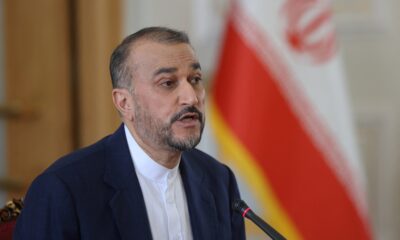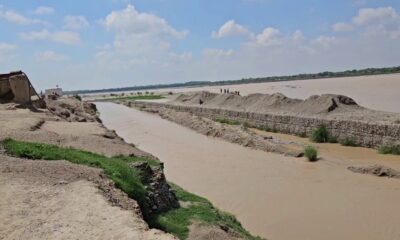Business
Political and security uncertainty slow Afghanistan’s economic recovery
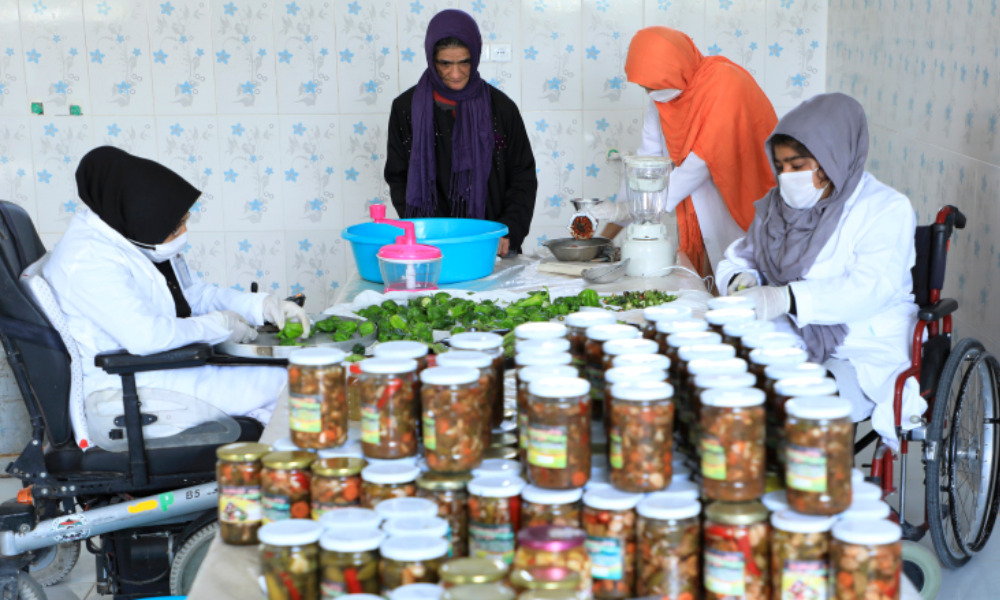
Continued political uncertainty and a possible decline in international aid is slowing down Afghanistan’s economic recovery from COVID-19, the World Bank said Monday in its latest country update.
The World Bank’s report, Setting Course to Recovery, shows that robust agricultural growth has partially buoyed Afghanistan’s economy, which shrunk by around two percent in 2020 – a smaller contraction than previous estimates.
However, lockdowns, weak investment, and trade disruptions have hit services and industries, increasing hardship and unemployment in cities.
Growth is expected to reach one percent in 2021 and top around three percent in 2022 as the COVID-19 crisis fades. Per capita incomes are unlikely to recover to pre-COVID levels until 2025 due to fast population growth, the report noted.
“The current political and security uncertainties have created serious hurdles to Afghanistan’s economic recovery from the COVID-19 crisis. A slower pace of recovery means higher unemployment, lower government revenues, and – ultimately – more difficult living conditions for Afghans,” said Henry Kerali, World Bank Country Director for Afghanistan.
A full recovery will be challenging as many firms have closed and jobs were lost. Private sector confidence has weakened amid difficult security conditions, uncertainty about the outcome of the ongoing peace talks, the possible withdrawal of international troops, and potential sharp declines in future international aid support.
The report also noted that droughts are expected in 2021 and will likely reduce agricultural activity, further weakening growth prospects.
The report emphasizes that a strong and sustainable partnership between the Afghan government and its international partners is key to driving recovery and restoring private sector confidence.
In that effort, the government needs to accelerate reforms to improve governance, fight corruption, mobilize revenue, and boost business.
The report also noted that simultaneously, donors can support private sector confidence through clearer multi-year aid commitments and by defining measurable priority reforms that condition continued grant support.
Business
Afghanistan’s economic prospects are bleak: World Bank

The absence of GDP growth coupled with declining external financing avenues for off-budget expenditures paint a bleak picture of Afghanistan’s economic prospects, the World Bank said.
After a severe 20.7 percent GDP contraction in 2021, the Afghan economy contracted further by 6.2 percent in 2022, the bank said in a report.
“While Afghanistan’s agricultural and subsistence economy, including illicit opium production, provided some resilience in rural areas, higher prices, reduced demand, lower employment, and disruptions to services had severe impacts across the country,” it said.
The proportion of households that did not have enough income to meet basic food needs more than doubled from 16 percent to 36 percent in this period, according to the bank.
In the context of deep concerns about the policies of the Islamic Emirate of Afghanistan (IEA), including restrictions imposed on women and girls, the international community, including the World Bank, recalibrated its approach to supporting Afghanistan: first to providing humanitarian support and then to providing off-budget support for basic service delivery and livelihoods.
However, IEA moved to restore domestic revenues, which reached $2.2 billion or 15 percent of GDP in 2022. “Nevertheless, overall economic activity remained depressed, unemployment stayed high, and the banking sector was dysfunctional due to constraints on international transfers and concerns about liquidity and solvency.”
World Bank said that Afghanistan’s economic outlook remains uncertain, with the threat of stagnation looming large until at least 2025. “This economic stagnation will deepen poverty and unemployment, with job opportunities expected to decrease and food insecurity expected to increase.”
The bank noted that for a sustainable future, Afghanistan needs to focus on its comparative advantages, particularly in the agricultural and extractive sectors. Agriculture could be a key driver of growth and poverty reduction, with the potential to create jobs, it added.
Business
Commerce ministry inks 10 MoUs to boost development of small and medium-sized businesses
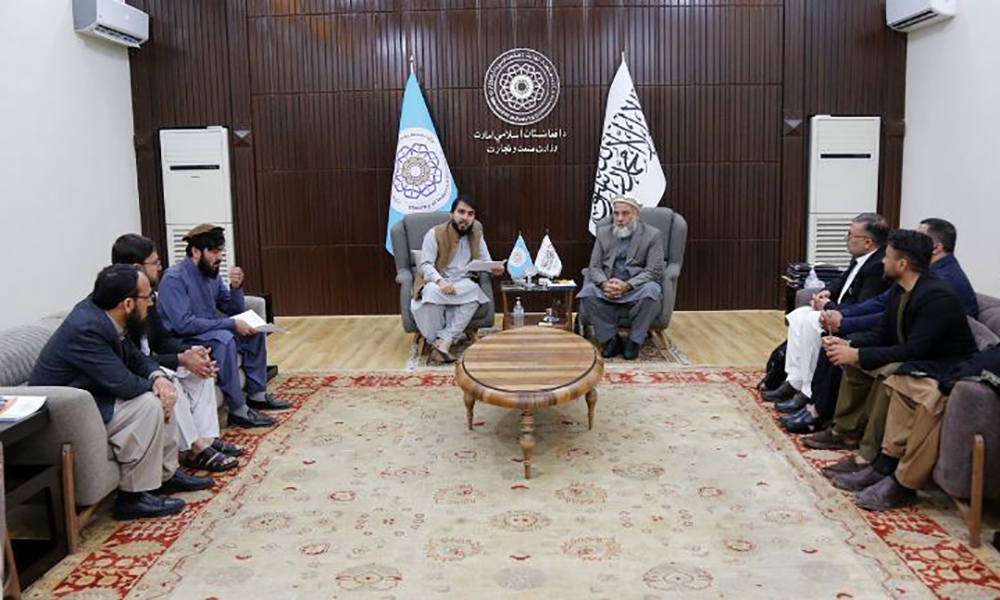
The Ministry of Commerce and Industry said Thursday it has signed cooperation agreements with ten institutions to support the development of small and medium-sized enterprises.
Nooruddin Azizi, Acting Minister of Commerce and Industry, said: “In the implementation of projects, we must pay special attention to our activities and actions and try to make useful use of the projects according to the requirements and benefit the beneficiaries.”
These ten institutions are to present their projects, the total value of which is around over $1.1 million. The projects will be carried out in Kabul, Baghlan, Ghor, Herat, Logar, Nangarhar, Balkh, Badakhshan and Jawzjan provinces and provide direct jobs for about 1,000.
To date, the ministry has signed MoUs for 72 projects in total, collectively valued at about $53.6 million.
These agreements have been signed with domestic and foreign companies for the establishment of small and medium-sized businesses.
In accordance with the principles and laws of the Islamic Emirate and prioritizing the implementation of projects for immigrants and returnees and internally displaced people, the ministry said 635,865 people will benefit through jobs directly and over 4.3 million will benefit indirectly in 25 provinces once these projects are implemented.
Business
Export volume totals over $140 million in last month of 1402
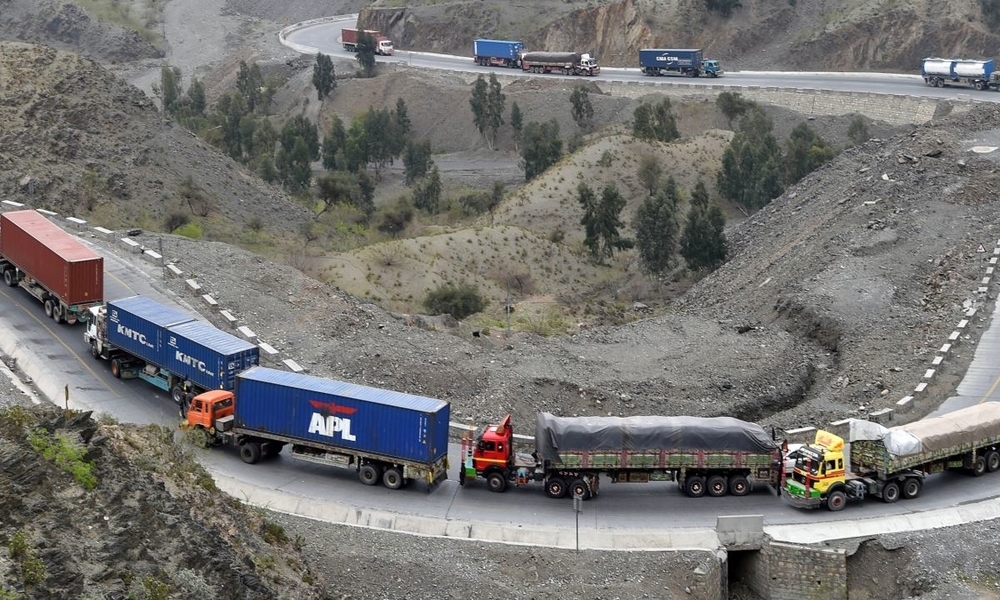
The National Statistics and Information Authority (NSIA) confirmed Tuesday that in the last month of solar year 1402, (March 2024) Afghanistan’s exports totaled $141.1 million and imports totaled $789.6 million.
This was down from $174 million for exports in the same period in 1401. However, imports increased by $99.2 million in 1402, up from $690.4 million.
Most exports in the last month of 1402 went to Pakistan, India and the United Arab Emirates, while in the last month of 1401 exports went to Pakistan, India and China.
-

 Sport5 days ago
Sport5 days agoACL fever grows as fixtures finalized
-

 Latest News5 days ago
Latest News5 days agoOver 50 people dead in traffic accidents over Eid
-

 Latest News5 days ago
Latest News5 days agoUS identifies Kabul airport suicide bomber
-

 Business5 days ago
Business5 days agoAfghanistan-Kazakhstan chamber of commerce opens in Herat
-

 World4 days ago
World4 days agoIsraeli military vows response to Iran attack as calls for restraint mount
-

 Sport3 days ago
Sport3 days agoATN secures exclusive rights to broadcast Paris 2024 Olympics
-
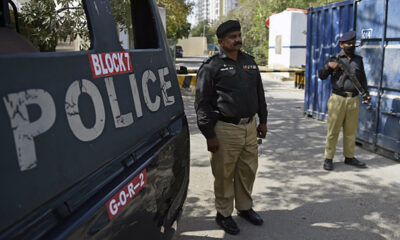
 Latest News4 days ago
Latest News4 days agoPakistani police give Afghans in Balochistan one day to leave
-
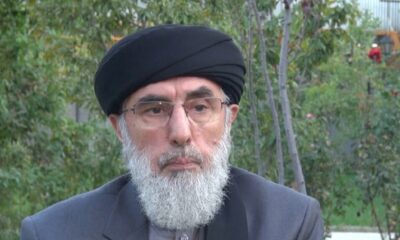
 Latest News4 days ago
Latest News4 days agoHekmatyar slams US for ‘occupying’ Afghanistan’s airspace






